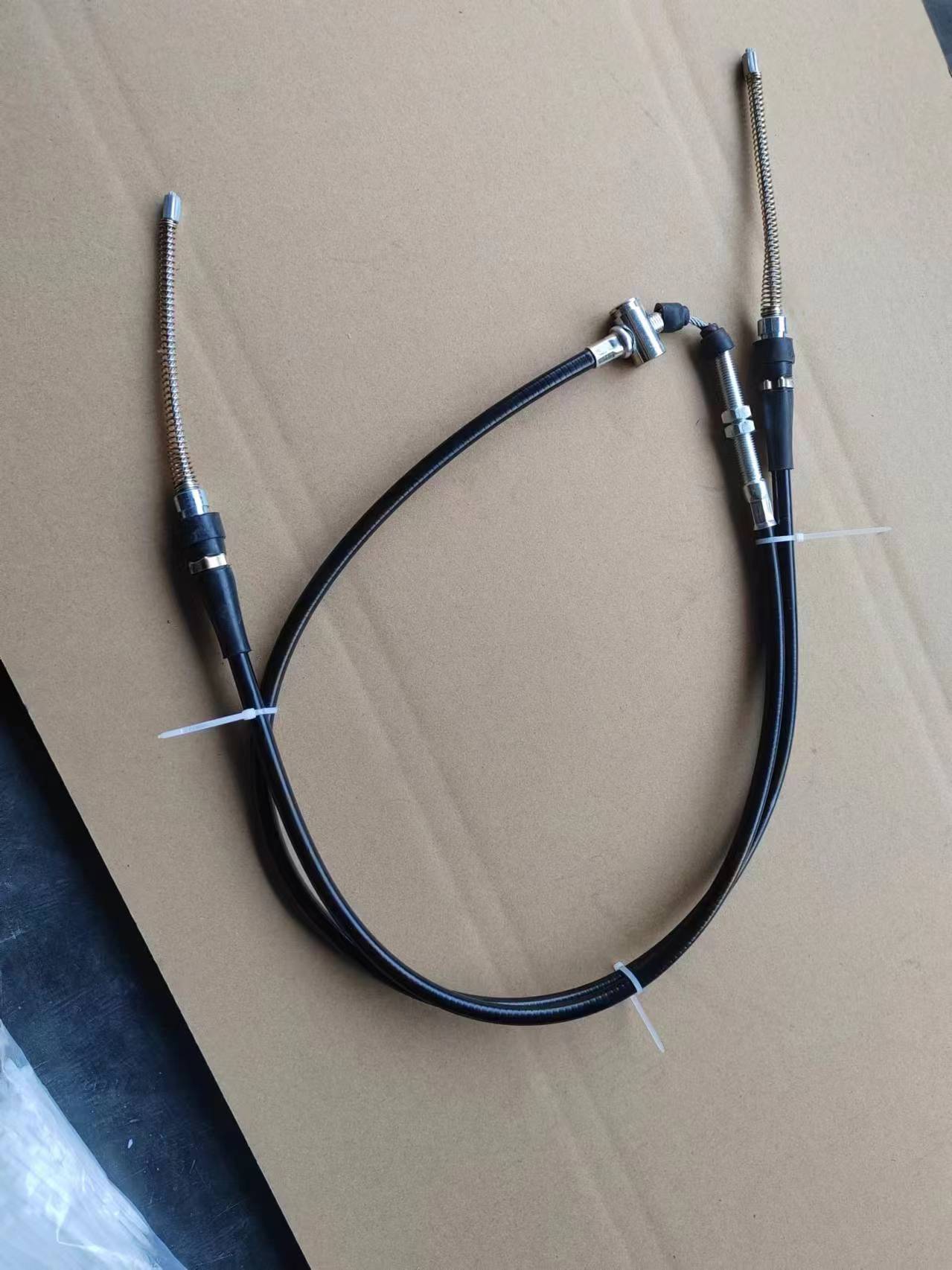throttle cable wire
Understanding Throttle Cable Wire Function and Importance
The throttle cable wire is a crucial component in the functioning of various vehicles, particularly in those with internal combustion engines. This thin, flexible wire links the accelerator pedal to the throttle body of the engine, playing an essential role in controlling the airflow and, consequently, the engine's power output.
When a driver presses down on the accelerator pedal, the throttle cable wire transmits this motion to the throttle body, which is responsible for regulating the amount of air entering the engine. The more the pedal is depressed, the more the throttle opens, allowing greater airflow and increasing engine power. This direct connection between the driver’s intent and the engine’s response illustrates the importance of a well-functioning throttle cable wire in ensuring a responsive and efficient driving experience.
Over time, throttle cables may experience wear and tear. This can lead to various issues such as sluggish acceleration, inconsistent engine performance, or complete failure to throttle. Common signs of a faulty throttle cable include a stiff or unresponsive accelerator pedal, erratic engine behavior when accelerating, or even a complete inability to increase speed. Drivers should be aware of these symptoms to address potential problems before they escalate.
throttle cable wire

Maintenance of the throttle cable wire is relatively simple. Regular inspections can help identify fraying or damage early on. If any issues are detected, replacing the throttle cable is often a straightforward task that can be handled by most mechanics or experienced DIY enthusiasts. Ensuring that the connection points are clean and free from corrosion is also vital for optimal performance.
In recent years, advancements in technology have led to the development of electronic throttle control systems, which eliminate the need for a physical throttle cable. Instead, these systems utilize sensors and actuators to manage throttle position electronically. While this technology offers several benefits, including improved fuel efficiency and faster response times, traditional throttle cable systems are still prevalent in many older vehicles and are valued for their simplicity and reliability.
In conclusion, the throttle cable wire is an essential part of a vehicle's operation, bridging the driver's input and the engine's performance. Understanding its function, recognizing its importance, and maintaining it properly can greatly enhance the driving experience. Whether through traditional mechanical systems or modern electronic controls, the connection between the accelerator and the engine remains a fundamental aspect of automotive engineering.
-
Workings of Clutch Pipe and Hose SystemsNewsJun.04,2025
-
The Inner Workings of Hand Brake Cable SystemsNewsJun.04,2025
-
The Secrets of Throttle and Accelerator CablesNewsJun.04,2025
-
The Hidden Lifeline of Your Transmission Gear Shift CablesNewsJun.04,2025
-
Demystifying Gear Cables and Shift LinkagesNewsJun.04,2025
-
Decoding Clutch Line Systems A Comprehensive GuideNewsJun.04,2025
